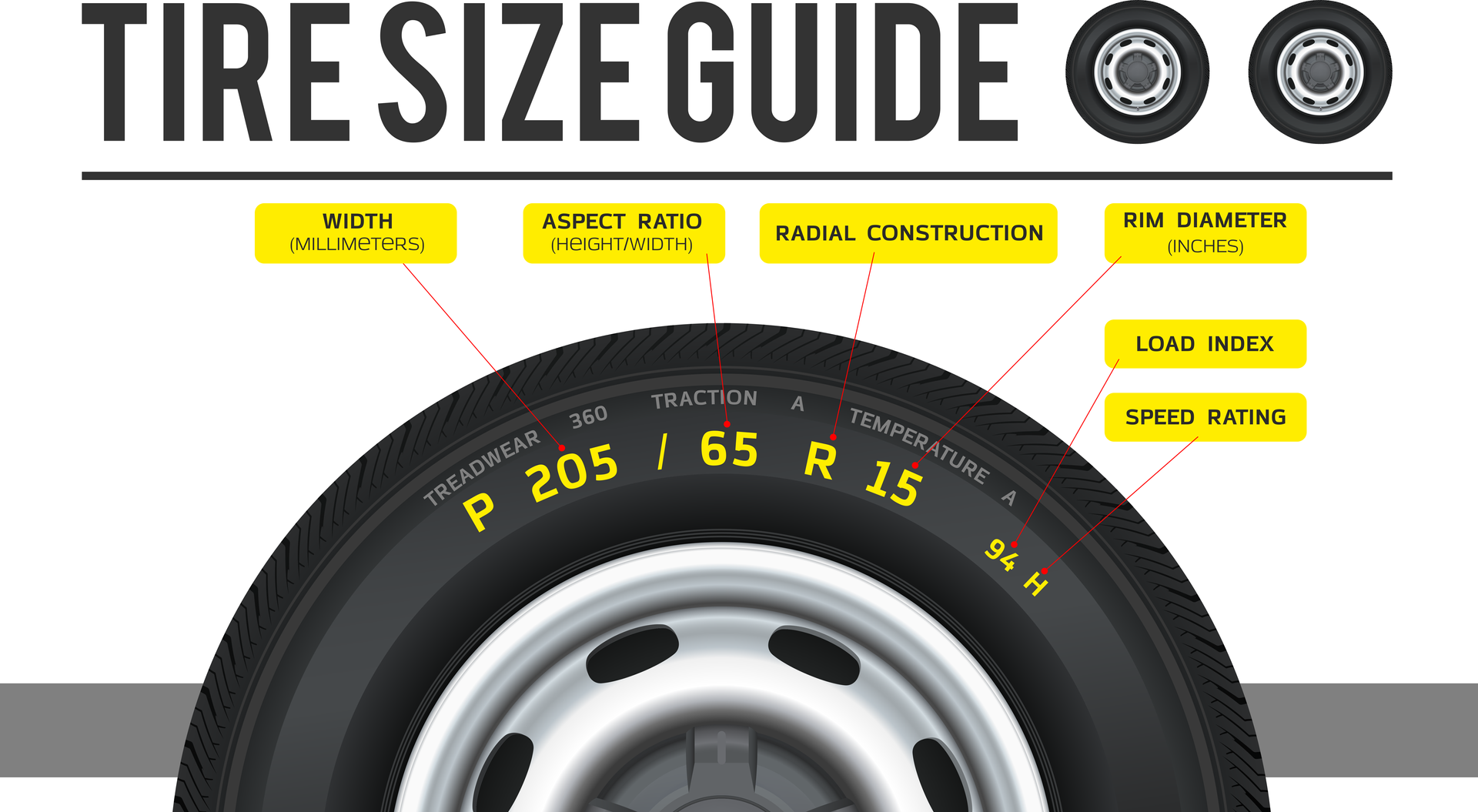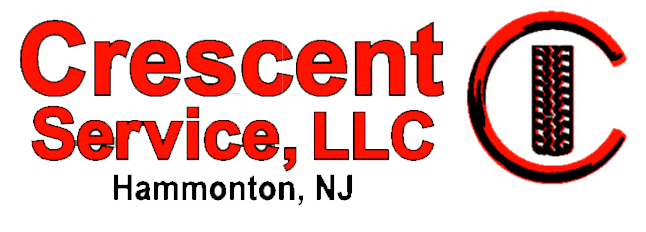Tire Tips from
Crescent Tire & Service
HOW TO SAVE MONEY AT THE GAS PUMP
Check Your Air Pressure: Keep your tires properly inflated and you could improve gas mileage by more than $1.50 every time you fill your tank. The recommended tire pressure for your vehicle is located on a sticker inside your driver-side door or noted in your owner's manual.
Maintain Your Air Filter: Replacing a clogged air filter can increase your vehicle's gas mileage by as much as 10%.
Watch The Weight: Excess weight in your vehicle can reduce gas mileage by 1-2% for every 100 pounds, so watch what you keep in your trunk.
Know Your Oil: Improve your gas mileage by up to 2% with the proper grade of motor oil.
Keep It Tuned: Keeping up with regular vehicle maintenance can allow you to increase your gas mileage by an average of 4.1%.
Keep It Capped: Did you know about 147 million gallons of gas evaporate every year from vehicles without gas caps?
Avoid Fast Starts: Don't be a hot-head! Aggressive acceleration can reduce your gas mileage by up to a whopping 33%!
Check Your Tire Inflation
Proper tire inflation is essential for safe driving and long tire life. It's wise to check your tires' air pressure at least once a month
with an accurate tire pressure gauge. Be sure to check pressure while your tires are cold and have not been used recently.
Even driving a mile will cause your tire pressure to increase and give you an inaccurate reading.
Should you experience continuous loss of inflation pressure, it could be an indication of a possible tire or wheel assembly problem. Consult your tire professional immediately if you encounter this situation.
Check Your Tire Tread:
Know What Certain Wear Patterns Mean
As tires wear, sometimes wear patterns emerge that can indicate problems with your vehicle or tires.
If you see any of these patterns, have your tires checked by a professional at Crescent Service. Here are some wear patterns to watch for.
• Wear on both edges: UNDERINFLATION
Underinflation of a tire reduces its treadlife by increasing the tread wear on its outside edges, or shoulders. It also generates excessive heat which reduces tire toughness. Finally, it reduces fuel economy through increased rolling resistance because soft tires make your vehicle work harder. Abnormal tire wear may also be caused by misalignment or mechanical problems.
• Wear in center: OVERINFLATION
When a tire is overinflated, the center of the tread bears most of the load and wears out faster than the outside edges.
Uneven wear reduces the useful life of a tire. It could also be the result of misalignment or mechanical problems.
• Cups or dips in the tread: WORN PARTS
Cupping (also called dipping) is most common on front tires, although rear tires can cup as well.
It may be a sign that wheels are out of balance or that suspension or steering system parts are worn out.
• Sawtooth edges: MISALIGNMENT
If the edges of your tire tread take on a sawtooth or feathered appearance, it's because of erratic scrubbing against the road.
The solution is an alignment correction.
Tire Balancing
If your tires are unbalanced, you'll notice vibration. This can lead to driver fatigue, premature or irregular tire wear and unnecessary wear to your vehicle's suspension. Your tires should be balanced when they are mounted on wheels for the first time or when they are remounted after repair. Check your tire balance at the first sign of vibration or shimmy.
Vehicle Alignment
Your vehicle is properly aligned when all of its suspension and steering components are working smoothly and when its tire and wheel assemblies are running straight and true. If you notice uneven tread wear, it could be due to a misalignment and your vehicle should be serviced by a professional.
Tire Rotation
While many people are knowledgeable enough to rotate their own tires, the procedure is especially quick and easy for a professional. Your vehicle's owner's manual will specify the proper rotation pattern and schedule for your vehicle. If no specific schedule is indicated, a good rule of thumb is to rotate your tires every 5,000 to 7,000 miles.
Tire Repair
Tire repairs should be made by a trained tire professional. Proper repair procedure includes dismounting the tire from the wheel. This allows for thorough inspection of the tire for damage, as well as the use of a patch to repair any punctures that fall within the guidelines for repair.
How To Read A Tire
Everything You Need To Know — Your Sidewall Has It
The side of your tire — known as the sidewall — contains all of the information you need to know about your tire.

Tire Type defines the proper use of the tire. For example, the “P” on the tire shown here means that this is a passenger car tire.
If the tire had an “LT” designation, the tire would be for a light truck.
Tire Width is the width of the tire measured in millimeters from sidewall to sidewall. This tire width is 215 millimeters.
Aspect Ratio is the ratio of the height of the tire's cross-section to its width.
On our example, 65 means that the height is equal to 65% of the tire's width.
Construction tells you how the layers of the tire were put together. The “R” stands for Radial which means the layers run radially across the tire. A “B” stands for bias construction which means that the layers run diagonally.
Wheel Diameter is the width of the wheel from one end to the other. The diameter of this wheel is 15 inches.
Load Index indicates the maximum load in pounds that the tire can support when properly inflated.
You'll also find the maximum load elsewhere on the tire sidewall, both in pounds and kilograms.
Speed Rating tells you the maximum service speed for a tire. “H” means that the tire has a maximum service speed of 130 mph.
This rating relates only to tire speed capability and is NOT a recommendation to exceed legally posted speed limits.
DOT means that the tire complies with all applicable safety standards established by the U.S. Department of Transportation (DOT). Next to this is a tire identification or serial number — a combination of numbers and letters up to 12 digits.
UTQG stands for Uniform Tire Quality Grading, a rating system developed by DOT.

